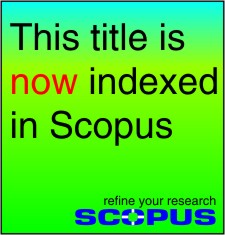Identifying the Best Suitable Places for Urban Agriculture in Baghdad City: “Abu Ghraib District,” as a Case Study
Feryal kadim Mohammad Zari, Nanda Khaleefah M. A. ALrikabi
Urban agriculture plays an important role in planning sustainable cities through maintaining environmental, economic, and social balance within cities. This is achieved by employing geographic information systems (GIS) in determining the selection of the best agricultural area and the most suitable for urban agriculture in cities, as well as determining the decline of agricultural areas and green lands that have a negative impact on the urban environment, biodiversity, and natural life within cities. Because urban agriculture is one of the most important elements that limit the deterioration of agricultural lands resulting from climate change, the human factor (salinity problem, land erosion, poor management of soil and natural resources of the land). The research aims to choose the best agricultural areas that are most suitable for urban agriculture in Baghdad city according to its requirements related to climate change, soil characteristics, and human resources through using geographical information systems (GIS). The general research methodology used the descriptive and analytical approach of the data of soil surveys approved by the Ministry of Water Resources and the National Center for Research and Development (Soil Department). The research employs GIS after obtaining satellite visualizations and soil samples of the study area, then evaluating the lands and extracting maps of their suitability for some crops and horticultural plants, in addition to relying on the inductive descriptive approach to data (natural resources, crop requirements, and climate data) using GIS and the remote sensing program to determine spatial suitability for urban agriculture. .
Keywords: Urban agriculture, Sustainable development, Food security, Self-sufficiency, Poverty alleviation



